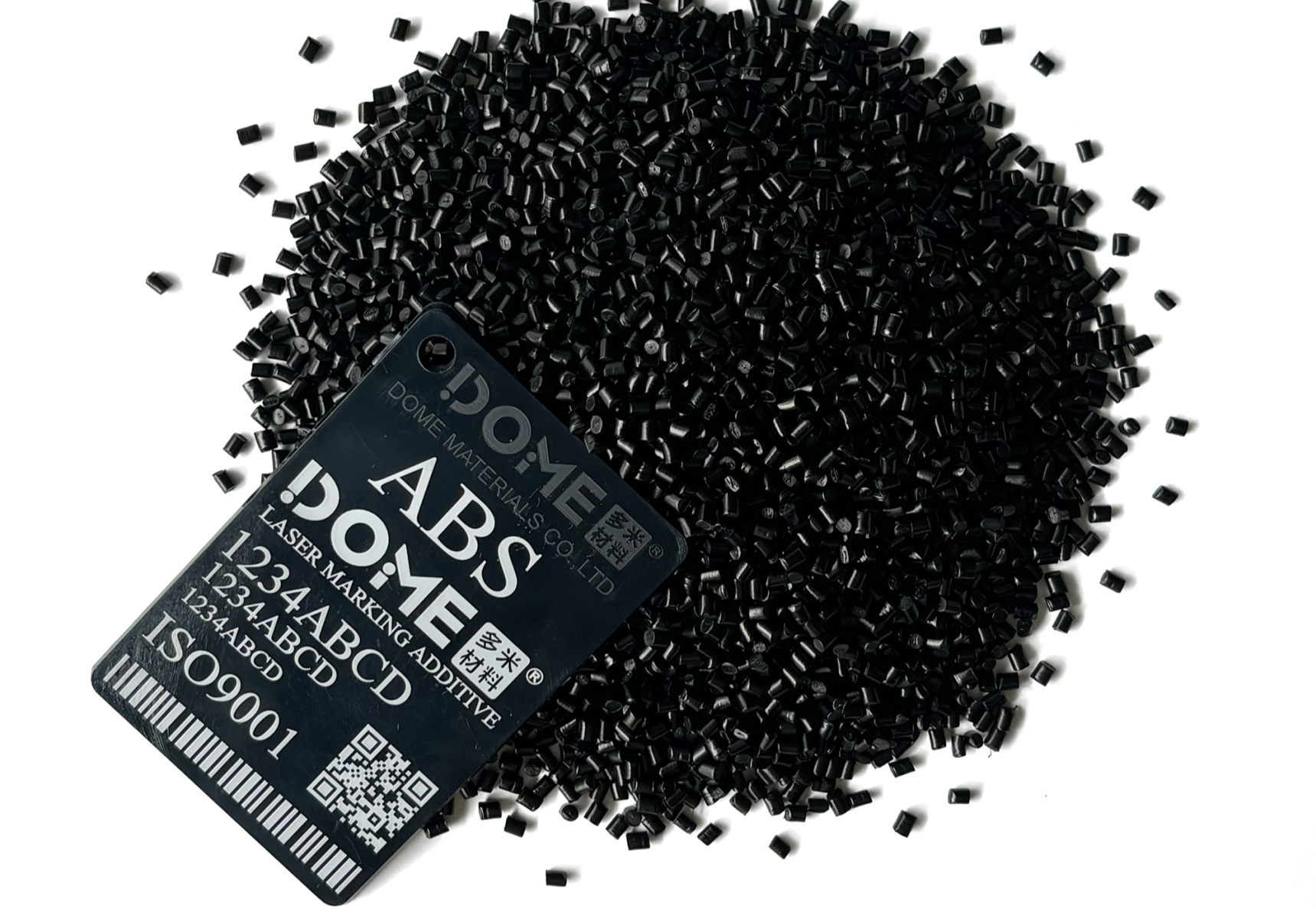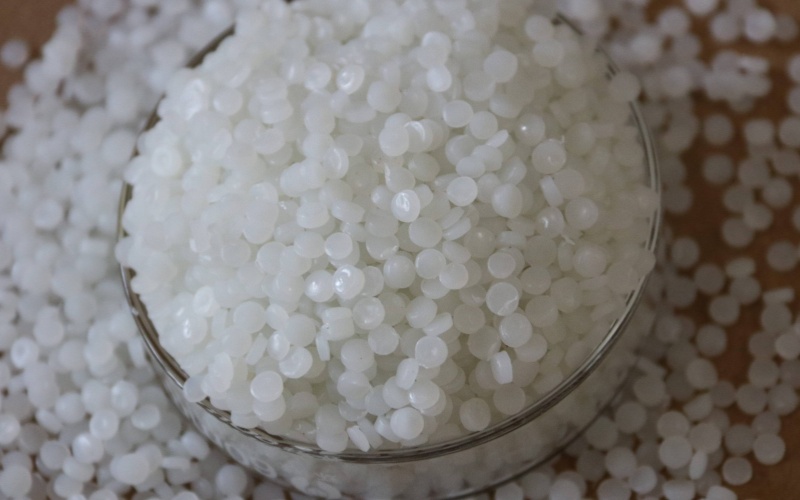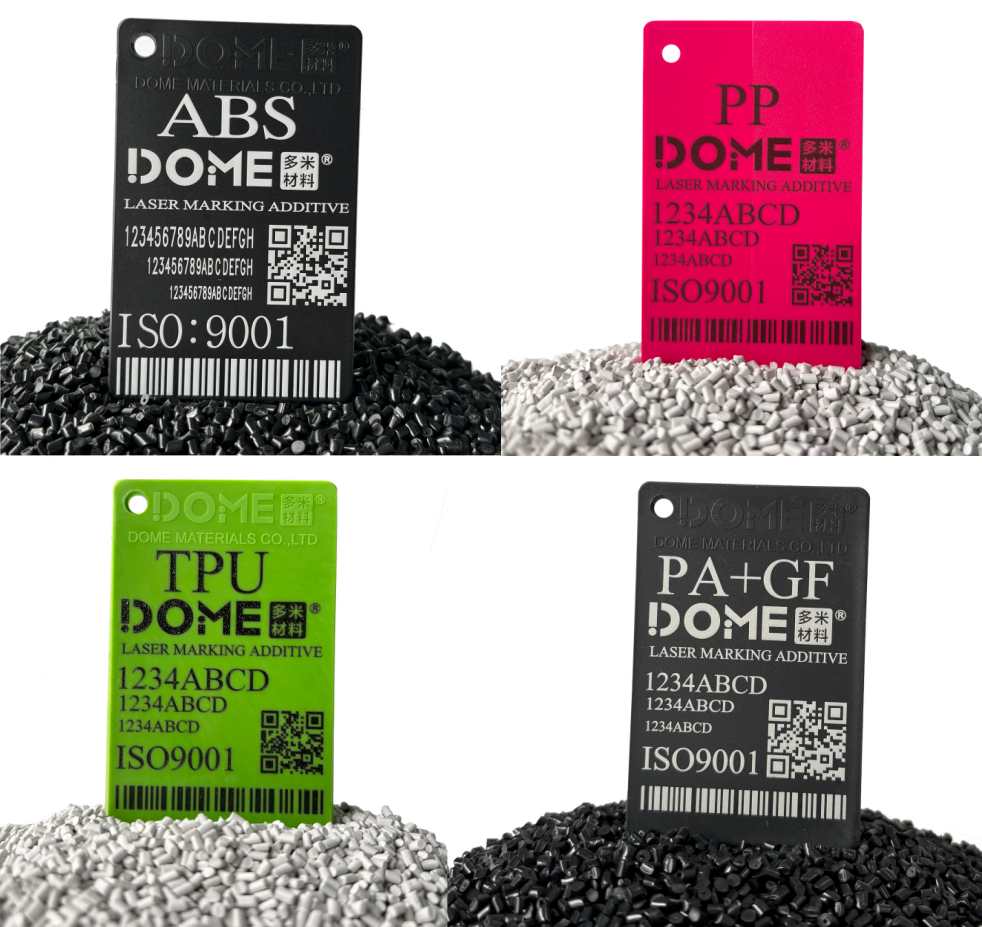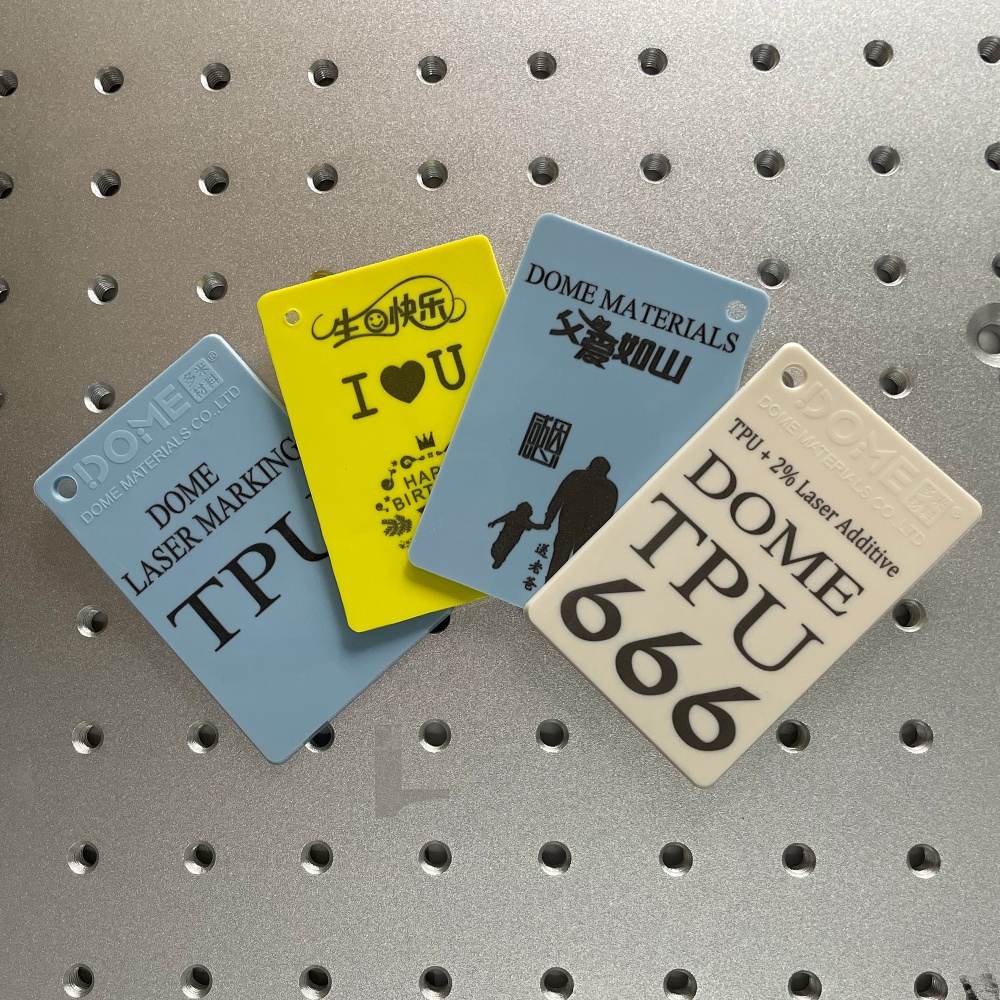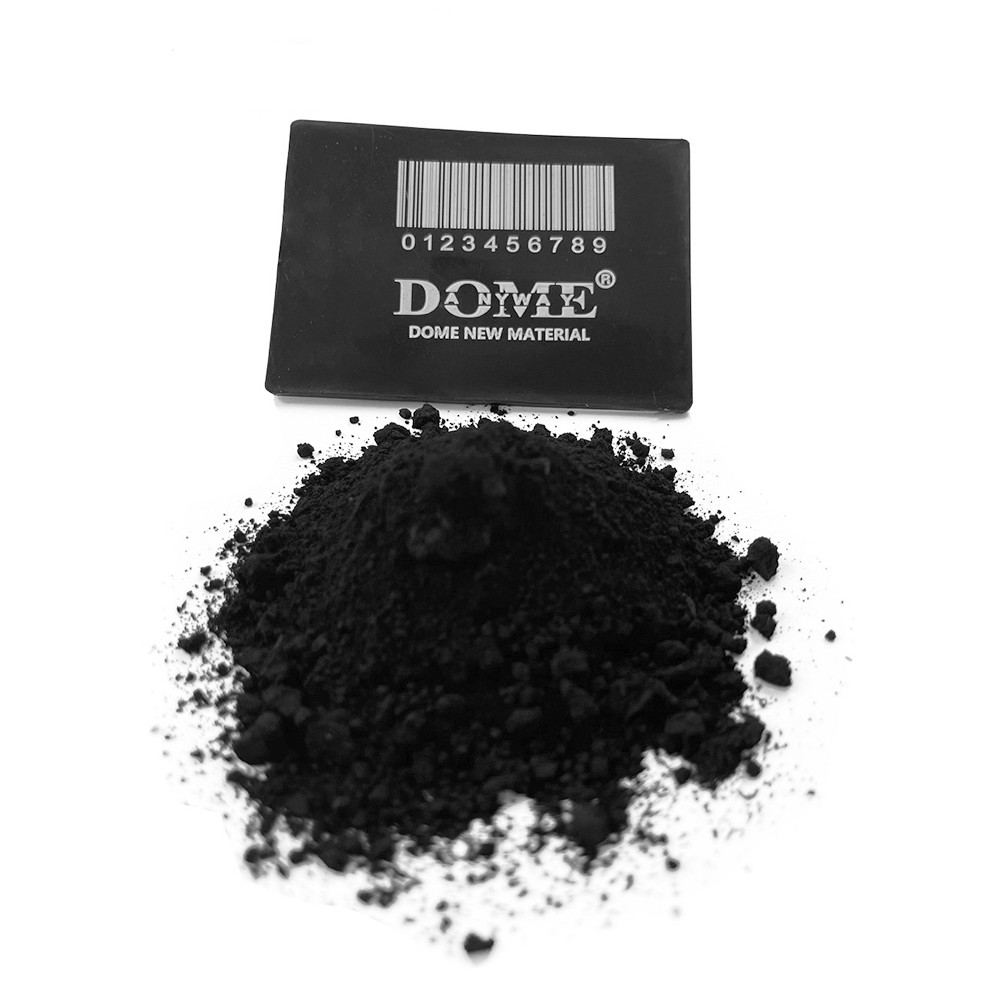Laser marking has become a cornerstone of modern manufacturing, offering unparalleled precision and durability for marking plastics. However, achieving clear, high-contrast marks on certain plastics can be challenging without the right tools. This is where laser marking additives come in, enhancing the marking process for a wide range of applications. In this blog, we’ll explore how to use laser marking additives effectively, which plastic materials require them, and spotlight industry expertise from leaders like DOME Materials.

What Are Laser Marking Additives?
Laser marking additives, or laser-sensitive additives, are specialized compounds mixed into plastic substrates to improve the visibility and quality of laser marks. These additives enhance the material’s response to laser energy, enabling crisp, high-contrast markings without compromising the material’s integrity. They are particularly useful for plastics that are difficult to mark, such as those with dark pigments or high filler content.
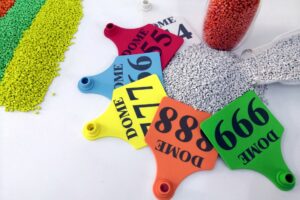
How to Use Laser Marking Additives
Using laser marking additives is straightforward but requires attention to detail to achieve optimal results. Here’s a step-by-step guide:
- Select the Right Additive: Choose an additive compatible with your plastic substrate and laser system (e.g., CO2, fiber, or UV lasers). Consult with manufacturers like DOMEMaterials, who offer tailored solutions for specific polymers and marking requirements.
- Mix the Additive with the Substrate: Incorporate the additive during the injection molding or pelletizing process. Ensure even distribution by thoroughly blending the additive with the plastic pellets. Typical additive concentrations range from 0.5% to 3%, depending on the material and desired marking effect.
- Prepare the Raw Materials: Use natural or transparent raw materials for best results, especially when aiming for black or gold markings on dark polymers. Avoid carbon black or black masterbatch, as these can interfere with the laser’s ability to create contrast.
- Dry the Materials: Before mixing, dry the raw materials to remove moisture, which can affect the molding process. No baking is required for the additive itself—just ensure the pellets are dry and ready for processing.
- Test the Laser Settings: Conduct a small-scale test to fine-tune laser parameters (e.g., power, speed, and frequency). This ensures the additive responds as expected and produces clear, precise marks without damaging the material.
- Follow Manufacturer Guidelines: Always adhere to the additive manufacturer’s instructions for dosage, mixing, and processing. Proper handling and disposal of materials are also critical for safety and environmental compliance.
By following these steps, you can achieve consistent, high-quality markings that enhance both aesthetics and functionality.
Industry Expertise: DOME Materials
When it comes to laser marking additives, DOME Materials stands out as an industry leader. With years of expertise in polymer additives, DOMEMaterials offers a range of high-performance solutions designed to optimize laser marking across various plastics. Their additives are engineered for compatibility with diverse laser systems and substrates, ensuring exceptional contrast and durability.
DOMEMaterials emphasizes innovation and sustainability, providing additives that minimize environmental impact while maximizing performance. Their technical support team works closely with manufacturers to tailor solutions for specific applications, from automotive components to medical devices. By partnering with DOMEMaterials, businesses can streamline their marketing processes and achieve consistent, professional results.
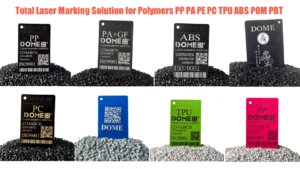
Best Practices for Success
To get the most out of laser marking additives, keep these tips in mind:
- Collaborate with Experts: Work with additive suppliers like DOME Materials to select the right product and optimize your process.
- Test Thoroughly: Always perform trial runs to verify compatibility and marking quality before full-scale production.
- Maintain Equipment: Ensure your laser system is calibrated and maintained for consistent performance.
- Stay Compliant: Follow safety and environmental regulations for handling and disposing of additives and plastics.
Conclusion
Laser marking additives are a game-changer for achieving clear, durable, and aesthetically pleasing marks on challenging plastics. By carefully selecting and incorporating additives, using compatible raw materials, and leveraging expertise from industry leaders like DOME Materials, manufacturers can elevate their marking processes to new heights. Whether you’re marking dark polymers, engineering plastics, or high-performance materials, additives unlock the full potential of laser marking technology.
Ready to enhance your laser marking process? Start by exploring additive solutions and testing them in your application. With the right approach, you’ll achieve precision and clarity every time.

